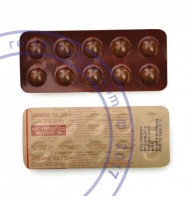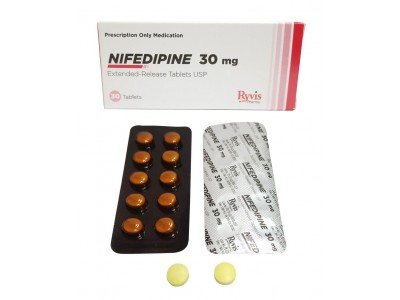Nifedipine causes swelling, particularly in the ankles and feet, due to its vasodilatory effects on peripheral blood vessels. As a calcium channel blocker, nifedipine relaxes the smooth muscle in the arterial walls, leading to the dilation of blood vessels. This vasodilation lowers blood pressure by reducing vascular resistance. However, it can also cause an increase in capillary pressure, leading to fluid leakage into the surrounding tissues, resulting in edema or swelling.
The primary mechanism behind this swelling involves the redistribution of blood flow. When blood vessels dilate, especially in the lower extremities, gravity can cause blood to pool in the legs. This pooling increases the pressure in the capillaries, which can force fluid out of the blood vessels and into the interstitial spaces of the tissues, causing edema. Additionally, the dilation of precapillary arterioles without a corresponding dilation of postcapillary venules can exacerbate this effect, leading to an imbalance that promotes fluid leakage.
Edema is a common side effect of many calcium channel blockers, not just nifedipine. The extent of swelling can vary among individuals and may be influenced by factors such as dosage, duration of use, and individual susceptibility. Managing this side effect often involves dose adjustment, switching to a different antihypertensive medication, or adding a diuretic to help reduce fluid retention. In some cases, combining nifedipine with an ACE inhibitor or an angiotensin receptor blocker can help mitigate the edema, as these drugs can counteract some of the vasodilatory effects on the capillaries. If swelling becomes severe or persistent, it is important for patients to consult their healthcare provider to discuss alternative treatment options.

